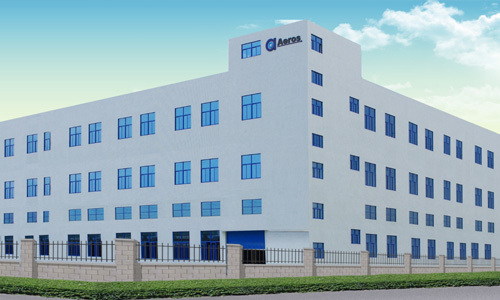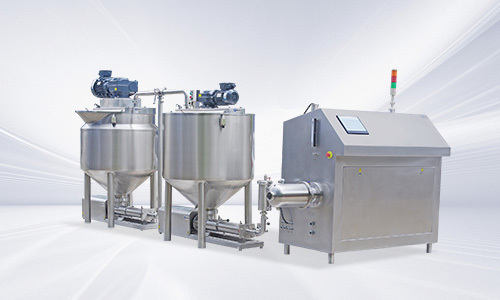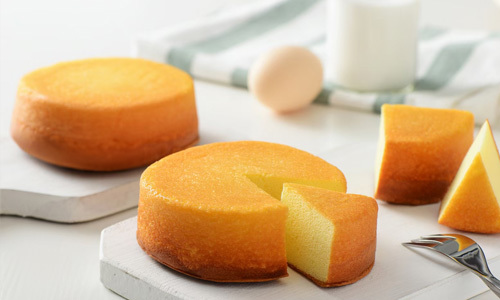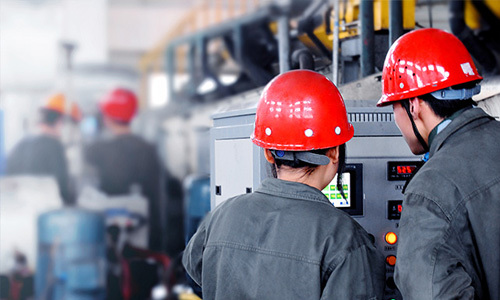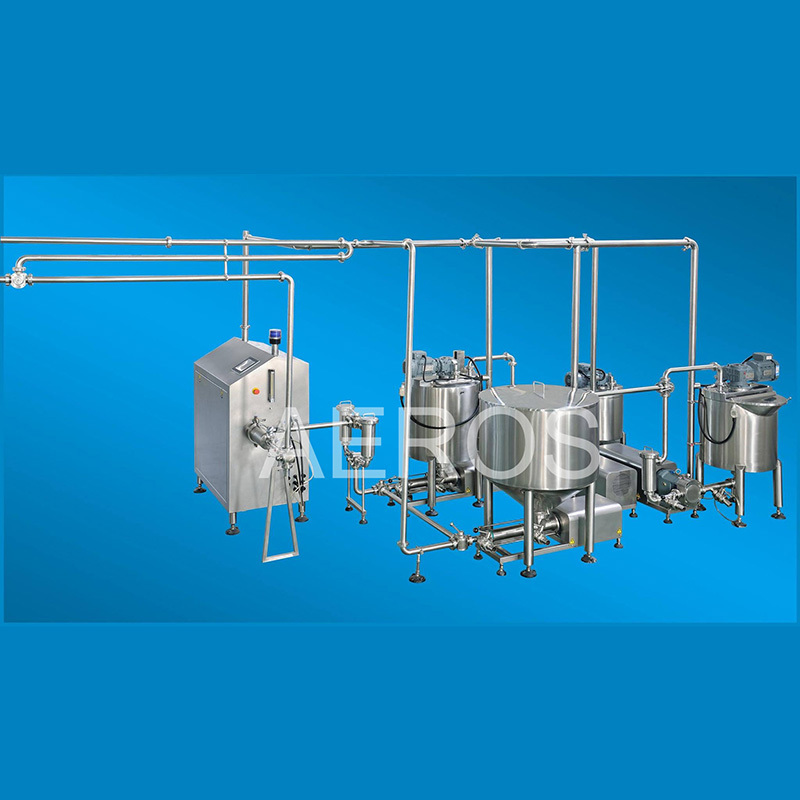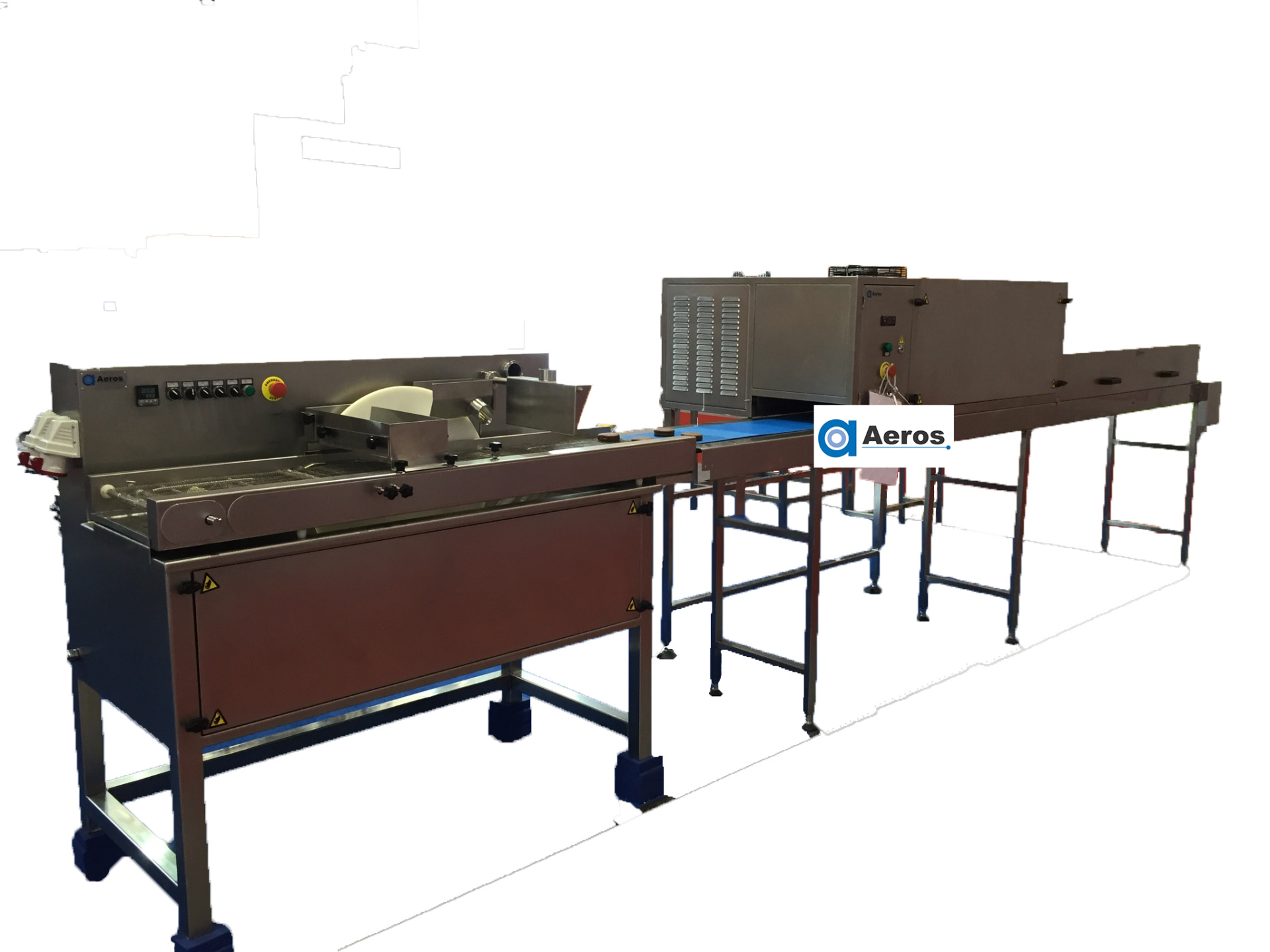Unlocking Efficiency: The Essential Guide to Muffin Production Lines

2025/11/15
In the manufacturing and food processing industry, a muffin production line plays a crucial role in automating and streamlining the production of muffins, a popular baked good enjoyed by many. Understanding the components and functioning of a muffin production line can significantly enhance efficiency, reduce labor costs, and maintain consistent product quality.
A muffin production line typically consists of several key elements, including mixing equipment, depositors, ovens, cooling conveyors, and packaging machines. Each of these components works in unison to ensure a smooth and efficient production process. The mixing equipment is responsible for blending ingredients like flour, sugar, eggs, and other additives to create a uniform batter. This step is essential, as the quality of the mix directly impacts the final product.
Once the batter is ready, it is transferred to depositors, which accurately portion the mixture into muffin tins. This automated process not only speeds up production but also ensures consistency in muffin size and shape. After depositing, the filled tins are conveyed to ovens for baking. The temperature and baking time are critical factors that need to be monitored closely to achieve the perfect muffin texture and flavor.
After baking, muffins are typically cooled on conveyor systems designed to manage airflow and temperature, preventing condensation and maintaining product integrity. The final stage in the muffin production line is packaging, where muffins are wrapped or boxed for distribution. Modern packaging systems can integrate labeling and quality control measures to ensure that the final product meets market standards.
Implementing a muffin production line offers numerous benefits. Firstly, it significantly boosts production speed, allowing manufacturers to meet the demands of larger orders without compromising quality. Additionally, automation reduces the potential for human error, leading to a more consistent product. Furthermore, investing in a specialized production line can enhance the overall hygiene of the production process, as automated systems minimize direct contact with the food.
Choosing the right muffin production line involves considering factors such as production capacity, the range of muffin types to be produced, and the available space in the manufacturing facility. Manufacturers should also evaluate the ease of maintenance and the availability of technical support when selecting equipment.
In summary, a muffin production line is an integral part of the modern food processing industry. By understanding its components and functionality, manufacturers can optimize their production processes, ensuring high-quality muffins that satisfy consumer demand. Investing in such technology not only streamlines operations but can also lead to increased profitability and market competitiveness.
A muffin production line typically consists of several key elements, including mixing equipment, depositors, ovens, cooling conveyors, and packaging machines. Each of these components works in unison to ensure a smooth and efficient production process. The mixing equipment is responsible for blending ingredients like flour, sugar, eggs, and other additives to create a uniform batter. This step is essential, as the quality of the mix directly impacts the final product.
Once the batter is ready, it is transferred to depositors, which accurately portion the mixture into muffin tins. This automated process not only speeds up production but also ensures consistency in muffin size and shape. After depositing, the filled tins are conveyed to ovens for baking. The temperature and baking time are critical factors that need to be monitored closely to achieve the perfect muffin texture and flavor.
After baking, muffins are typically cooled on conveyor systems designed to manage airflow and temperature, preventing condensation and maintaining product integrity. The final stage in the muffin production line is packaging, where muffins are wrapped or boxed for distribution. Modern packaging systems can integrate labeling and quality control measures to ensure that the final product meets market standards.
Implementing a muffin production line offers numerous benefits. Firstly, it significantly boosts production speed, allowing manufacturers to meet the demands of larger orders without compromising quality. Additionally, automation reduces the potential for human error, leading to a more consistent product. Furthermore, investing in a specialized production line can enhance the overall hygiene of the production process, as automated systems minimize direct contact with the food.
Choosing the right muffin production line involves considering factors such as production capacity, the range of muffin types to be produced, and the available space in the manufacturing facility. Manufacturers should also evaluate the ease of maintenance and the availability of technical support when selecting equipment.
In summary, a muffin production line is an integral part of the modern food processing industry. By understanding its components and functionality, manufacturers can optimize their production processes, ensuring high-quality muffins that satisfy consumer demand. Investing in such technology not only streamlines operations but can also lead to increased profitability and market competitiveness.
Muffin Production line

